Sign up for workout ideas, training advice, reviews of the latest gear and more.

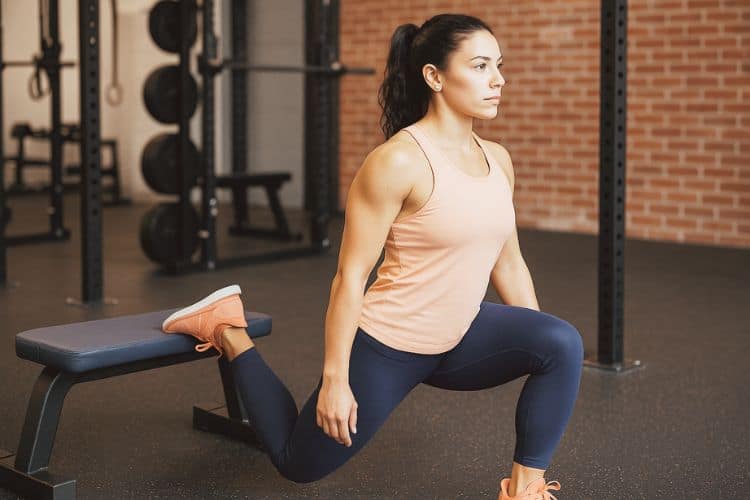
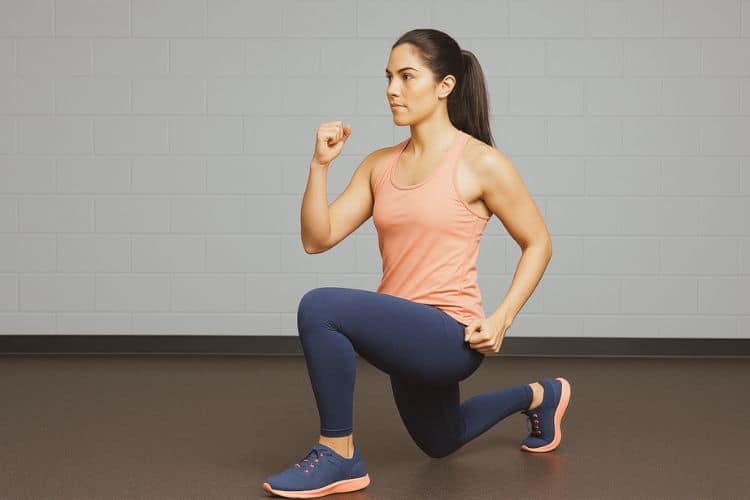
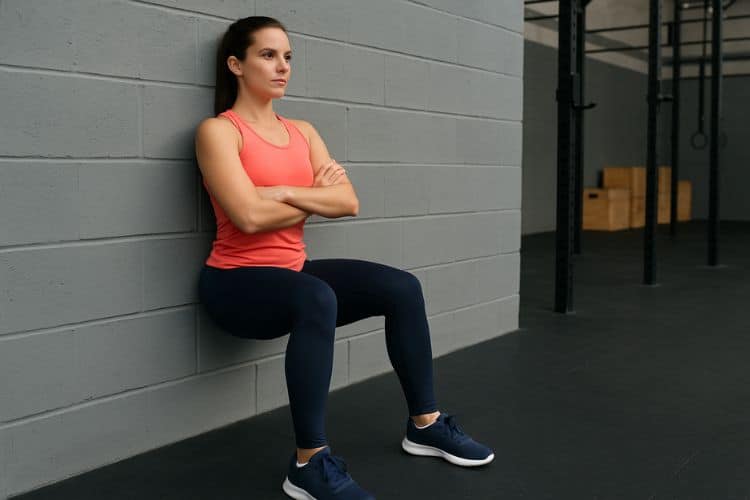
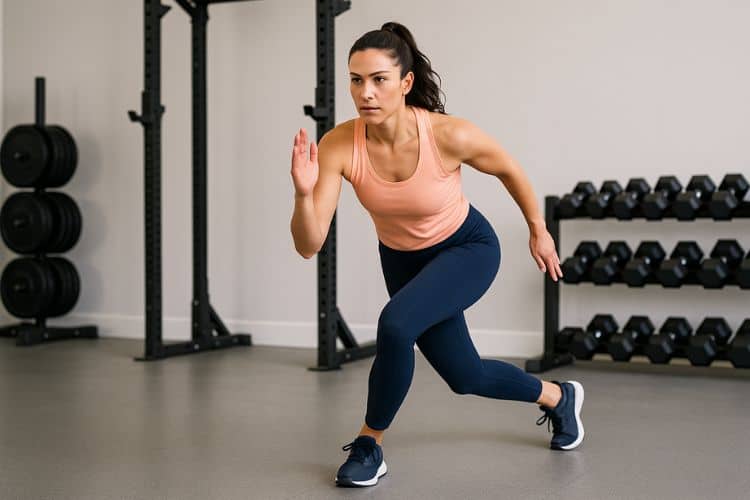
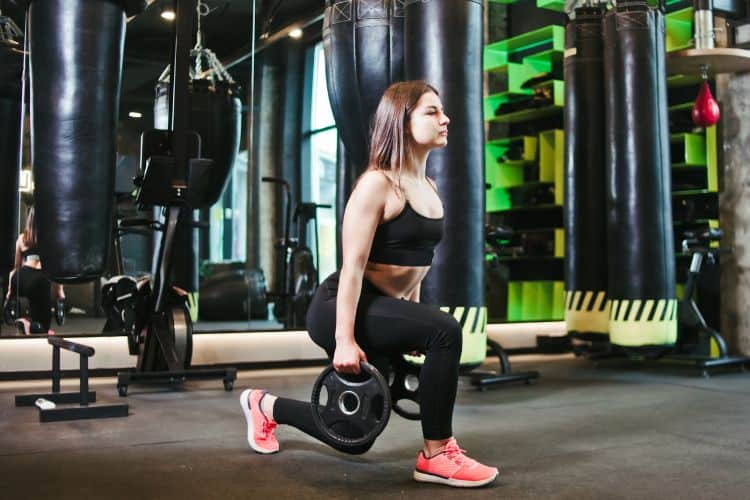
High-Intensity Interval Training (HIIT) has become one of the most popular ways to train because it combines fat-burning cardio with muscle-strengthening moves in a short amount of time. If you’re looking for a workout that challenges your entire body in under an hour, a 45-minute full body HIIT workout is the perfect solution. This training style is efficient, effective, and adaptable for all fitness levels.
In this guide, we’ll cover everything you need to know about 45-minute HIIT sessions, including benefits, structure, warm-ups, exercises, cool-downs, and tips to maximize results.
A full body HIIT workout alternates between short bursts of high-intensity exercises and brief recovery periods. In 45 minutes, you can cycle through multiple rounds of compound moves that target your chest, back, legs, core, shoulders, and cardiovascular system.
Unlike traditional cardio, HIIT keeps your heart rate elevated and challenges your muscles simultaneously. This dual effect not only improves athletic performance but also creates the afterburn effect (EPOC—Excess Post-Exercise Oxygen Consumption), meaning you continue burning calories even after your workout.
HIIT has been shown to burn more calories in 30–45 minutes than steady-state cardio because of its intensity and metabolic demands.
Unlike isolated cardio or weightlifting sessions, HIIT combines both, helping you improve muscular endurance and cardiovascular health.
The afterburn effect keeps your metabolism elevated long after your workout ends, leading to greater calorie expenditure throughout the day.
Whether you’re a beginner or advanced, HIIT can be modified by adjusting work/rest ratios, exercise difficulty, or weight selection.
While dumbbells or kettlebells can enhance your session, bodyweight exercises alone can deliver a highly effective full-body burn.
To make the most out of your 45 minutes, it’s important to follow a well-structured format. Here’s a breakdown:
Before diving into high-intensity intervals, prime your muscles and joints.
This warm-up elevates your heart rate and prepares your body for the intensity ahead.
Below is a sample workout that you can follow. Perform each exercise for 40 seconds of work followed by 20 seconds of rest. Complete each circuit 3 times before moving to the next.
Always end with stretches to lower your heart rate and improve flexibility.
Perform exercises correctly to prevent injury and maximize effectiveness.
Increase weights, reps, or reduce rest times gradually for continued progress.
Aim for an equal mix of resistance-based and cardio-based moves.
Stay within 70–90% of your maximum heart rate for optimal fat burn.
Do HIIT 3–4 times per week for sustainable results without overtraining.
This workout is ideal for:
Some people may wonder: why not 20 or 60 minutes? The answer lies in efficiency and effectiveness.
A 45-minute full body HIIT workout is one of the most effective ways to torch calories, build lean muscle, and improve cardiovascular endurance in a short period of time. With the right mix of bodyweight and weighted exercises, you can create endless variations to keep your training fun and challenging.
Whether you’re a beginner looking to get started or an advanced athlete chasing performance goals, HIIT can be tailored to your level. Stick to consistent sessions, fuel your body with the right nutrition, and watch as your fitness transforms.
Want more workout and video guide?
Follow us on Pinterest, Facebook, and Subscribe to our Newsletter and Stay tuned for FREE downloads of our App coming soon!
Stay up to date on the latest women’s health, fitness and lifestyle trends and tips.